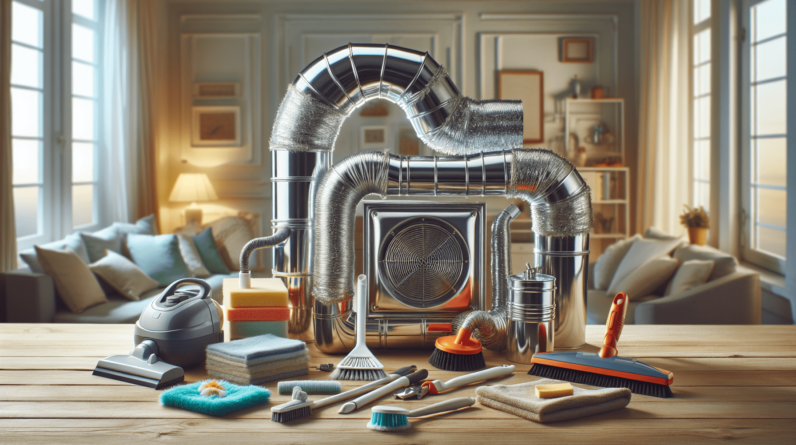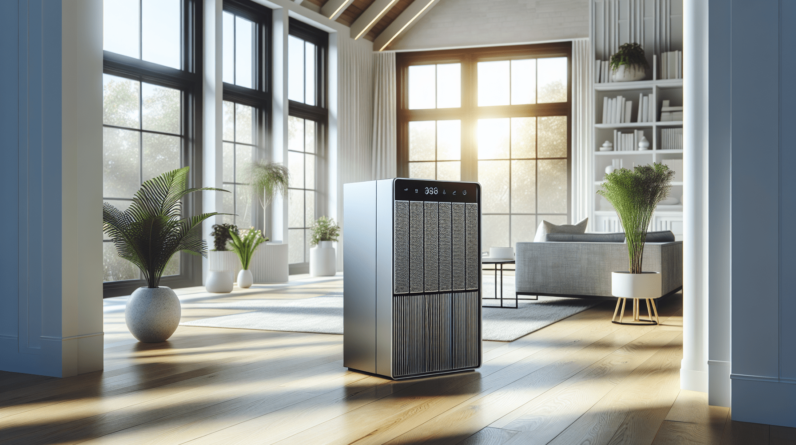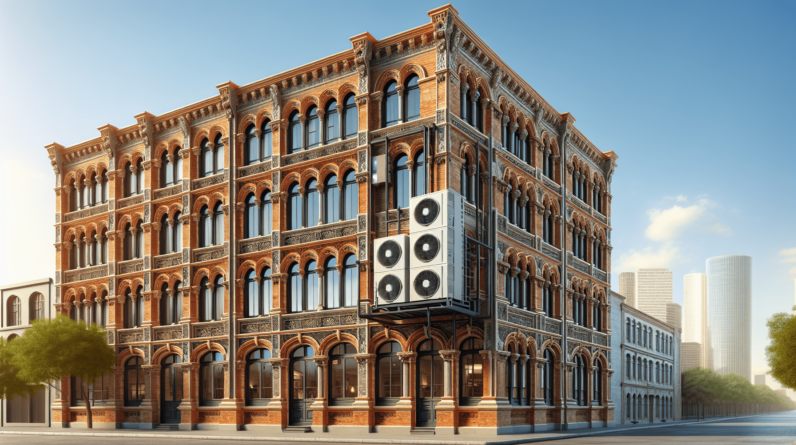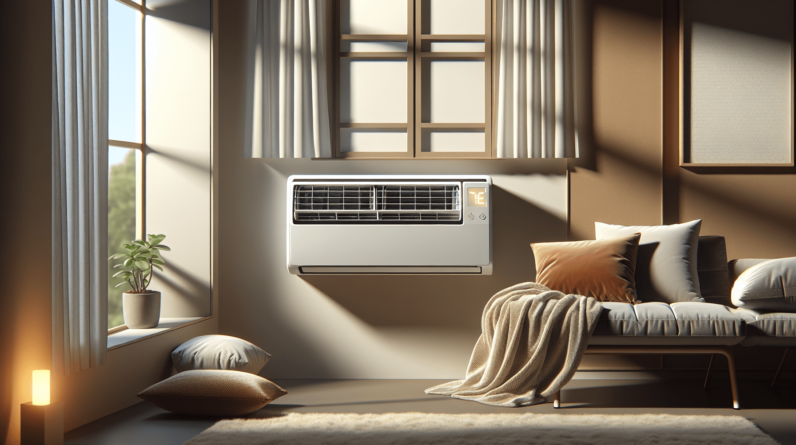

Have you ever felt the struggle of balancing comfort during sweltering summers and chilling winters? If you have, you might have considered investing in an air conditioner with a heat window unit. This versatile appliance offers both cooling and heating functions, making it an ideal solution for year-round comfort. Let’s take a closer look at what an air conditioner with heating capabilities can do for you and how it can transform your living space.
What is an Air Conditioner with Heat Window Unit?
An air conditioner with a heat window unit is a compact appliance designed to provide both cooling in the summer and heating during colder months. This dual-function unit usually fits into a window or a specially designed opening, making installation relatively straightforward. These units often operate using a heat pump system, which allows them to reverse the cooling process to provide heat.
Most people appreciate the convenience of controlling both temperature extremes in a single, efficient unit. This saves you the hassle of managing two separate systems while keeping your living space comfortable.
Benefits of a Heat Window Unit
This appliance offers several significant benefits, making it a worthwhile consideration for many homeowners. Let’s break down those key advantages:
-
Space-Saving Design: These units are usually compact, making them suitable for smaller spaces without sacrificing functionality.
-
Energy Efficiency: Modern heat window units are designed to be energy-efficient, which means you spend less on utility bills compared to traditional heating methods.
-
Year-Round Comfort: You won’t need to swap out equipment for different seasons, providing you with reliable comfort.
-
Easy Installation: Most heat window units are designed for straightforward installation, which often requires limited tools and effort.
-
Cost-Effective: With only one unit needed for both cooling and heating, your upfront and maintenance costs can be lower compared to installing separate systems.
How Does an Air Conditioner with Heat Work?
Understanding how these units operate can give you insight into their efficiency and functionality. Let’s break down the main components:
-
Heat Pump Functionality: The heart of the heat window unit is its heat pump, which can reverse its operation. It extracts heat from the outdoor air and transfers it inside. Conversely, in cooling mode, it removes heat from the indoor air, releasing it outside.
-
Refrigerant Cycle: The refrigerant circulates through coils and undergoes phase changes to absorb and release heat, making it the core element of temperature control.
-
Control Mechanisms: These units come equipped with thermostats and controls that allow you to set the desired temperature, making adjustments easy and user-friendly.
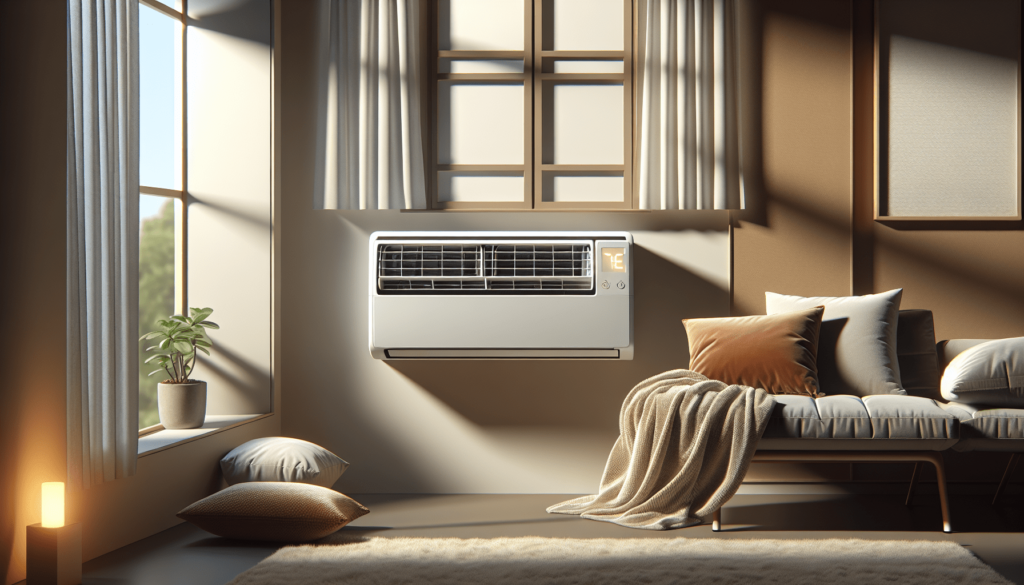
Key Features to Look For
When considering an air conditioning unit with a heating function, there are several features you will want to look for to ensure you are making an informed choice.
-
BTU Rating: BTUs (British Thermal Units) indicate the unit’s cooling and heating efficiency. Higher BTU ratings will cool down or heat a larger space. Choose a unit that matches the size of your room for optimal performance.
-
Energy Efficiency Ratio (EER): Look for units with a higher EER rating, as this means improved energy efficiency, which will save you money on your energy bills.
-
Noise Level: Some units can be quite noisy. Look for decibel ratings that indicate quieter performance if sound is a concern for you.
-
Programmable Thermostat: A programmable thermostat helps you set your desired temperatures for different times of the day or week, providing added convenience and efficiency.
-
Remote Control: Some models come with remote controls that let you adjust settings without getting up from your sofa, adding to your comfort.
Installation Process for Heat Window Units
Installing a heat window unit can be a straightforward process, especially if you follow some basic steps. Here’s a general overview:
-
Measurements: Measure your window to ensure that the unit will fit. Most window units are designed to fit standard window frames, but it’s always smart to check.
-
Gather Tools: You’ll need a few tools—typically a screwdriver and any other tools specified in the manufacturer’s installation guide.
-
Window Preparation: Open the window and clean the frame to ensure a firm fit.
-
Unit Placement: Carefully lift the unit into the window frame, making sure it’s level and secure.
-
Secure the Unit: Use brackets, if provided, to fasten the unit to the window frame. Close the window against the unit, sealing it in place to prevent air leaks.
-
Plug It In: Finally, plug the unit into an appropriate outlet and turn it on.
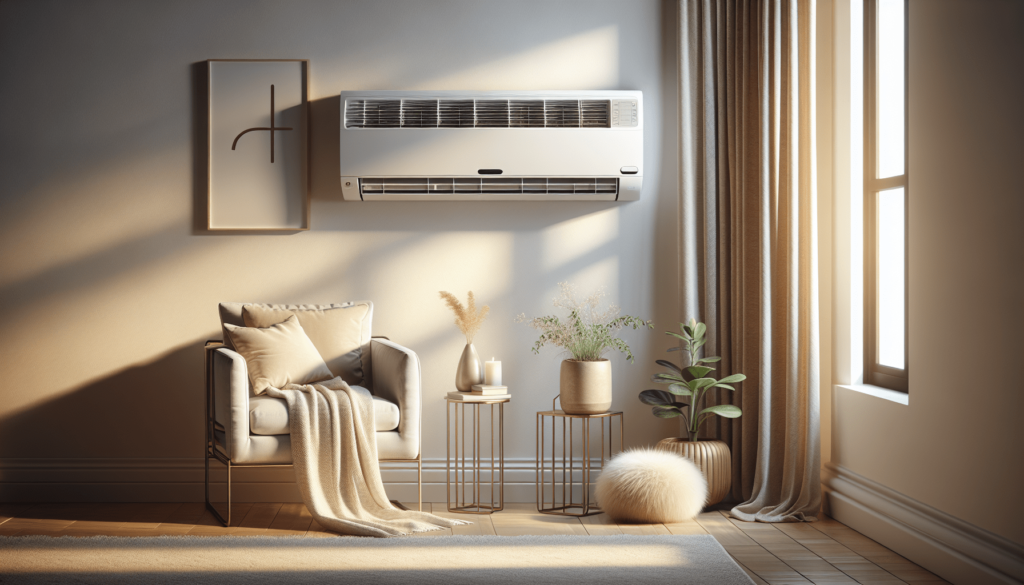
Maintenance Tips for Longevity
To maximize the lifespan and efficiency of your air conditioner with heat window unit, consistent maintenance is essential. Here are some practical tips:
-
Regular Filter Cleaning: Check and clean or replace the unit’s filters regularly. A clean filter allows for optimal airflow and efficiency.
-
Inspect for Leaks: Look for any air leaks around the unit that could affect its performance. Seal up any gaps to prevent energy loss.
-
Check the Drainage System: Ensure that the drainage system is clean and functioning properly, as clogged drains can lead to moisture issues.
-
Seasonal Checks: Before switching from cooling mode to heating mode (and vice versa), do a thorough check of the unit’s performance to ensure it’s ready for the seasonal change.
-
Professional Servicing: Consider scheduling an annual maintenance check with a professional to ensure everything is running smoothly.
Pros and Cons of Air Conditioner with Heat Units
Understanding both the advantages and disadvantages of these units can help you make the best decision for your needs.
Pros
| Pros | Description |
|---|---|
| Versatile | Functions both as an air conditioner and a heater. |
| Energy-efficient | Often consumes less power than gas heating or other heating methods. |
| Easy installation | Generally simpler to install compared to split systems. |
| Cost-effective | Reduces upfront expenses by serving dual purposes. |
| Compact design | Ideal for smaller spaces or apartments where room is limited. |
Cons
| Cons | Description |
|---|---|
| Limited capacity | May not be sufficient for larger living spaces. |
| Noise | Some models can be noisier than other HVAC systems. |
| Efficiency fluctuations | Efficiency may drop in extremely cold conditions. |
When Should You Consider an Air Conditioner with Heat Window Unit?
Not every home requires an air conditioner with heat. Assess your unique situation to determine if this unit is the perfect fit for you.
-
Climate Consideration: If you live in an area with mild winters, a heat pump system could be ideal. However, in regions that experience extreme cold, consider other heating options.
-
Space Restrictions: If you have limited space either inside your home or outside for a traditional HVAC system, this unit can be a compact solution.
-
Cost Management: If you’re looking to save money by combining systems, a heat window unit can be a cost-effective choice.
-
Rental Properties: If you’re renting or in a temporary living situation, portable or window units often provide flexibility without requiring complex installations.
Popular Brands of Heat Window Units
Several brands are known for their reliable and effective heat window units. Here are just a few you might consider:
-
**Frigidaire **: Known for a wide range of models with varying BTU ratings and solid energy efficiency ratings.
-
LG: Offers smart features and user-friendly controls in many of its units.
-
Honeywell: Provides reliable units with various performance levels and is recognized for good customer service.
-
GE Appliances: Known for durable units and a good selection of models designed for different room sizes.
-
Midea: A more budget-friendly option that still delivers solid performance and energy efficiency.
How to Choose the Right Unit for Your Needs
Choosing the right air conditioner with heating capabilities requires careful consideration of your unique needs and preferences. Here’s a simple guide to help you:
-
Assess Your Space: Evaluate the size of the room you need to cool and heat. BTU ratings should correlate with the room size.
-
Check Your Budget: Look at all costs including initial purchase, installation, and ongoing maintenance while considering any financial limitations.
-
Energy Consumption: Research the energy efficiency of various models. Higher energy efficiency might have a slightly higher initial cost, but it could save you considerable money in utility bills over time.
-
Read Customer Reviews: Looking at customer feedback can offer you essential insights into the unit’s performance and reliability.
-
Warranty and Support: Choose a model with a good warranty and accessible customer support for any repairs or concerns.
Conclusion
Investing in an air conditioner with a heat window unit can be a fantastic way to ensure you remain comfortable regardless of the seasons. This versatile solution provides both cooling and heating, catering to your needs throughout the year.
As you consider your options, take time to evaluate your space, budget, and preferences. By doing so, you’ll position yourself to make an informed decision that aligns with your requirements. Whether you’re relaxing during a hot summer day or warming up on a chilly winter night, this appliance can help create the perfect ambiance in your home.

